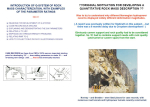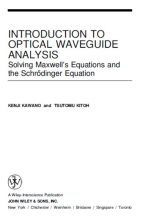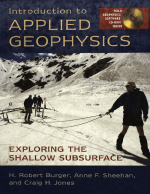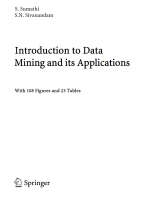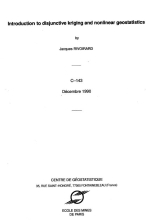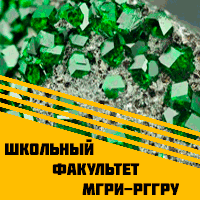The main objective of Introduction to Environmental Geology, Fourth Edition, is to help equip students—particularly those who intend to take only a single science course—with an understanding of the interactions between geologic processes, ecological processes, and society. During the first half of the twenty-first century, as the human population increases and the use of resources grows, many decisions concerning our use of those resources, such as water, soil, air, minerals, energy, and space to live, will determine our standard of living and the quality of our environment. Scientific knowledge combined with our values will dictate those decisions. Your charge, as a future leader or informed citizen, is to choose paths of development that are good for people and the environment, that larger community that includes plants, animals, water, and air—in other words, the environment consisting of ecosystems that we and all living things depend upon for our well-being <...>


